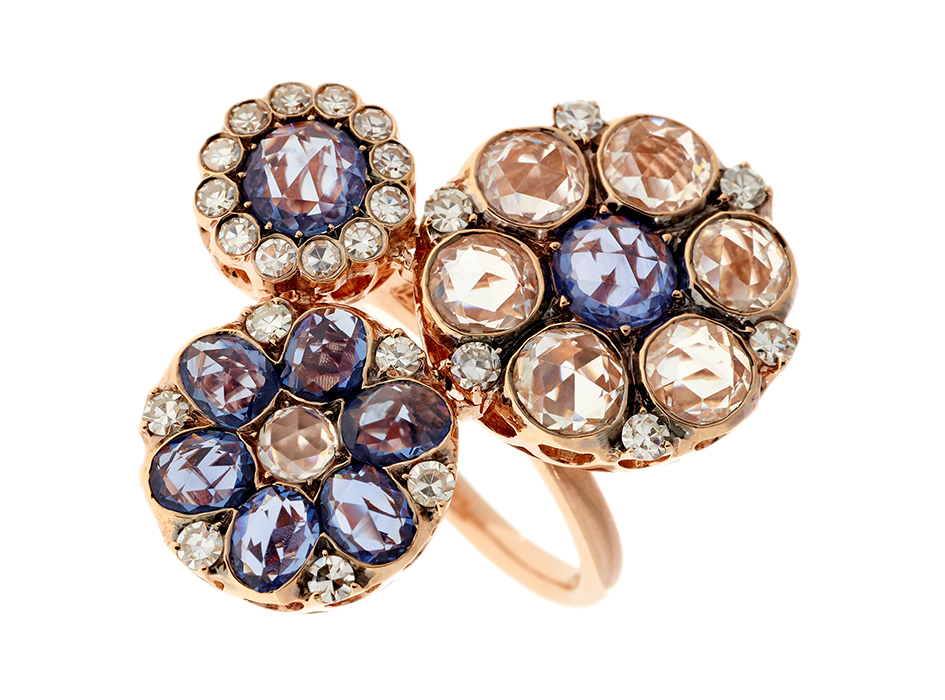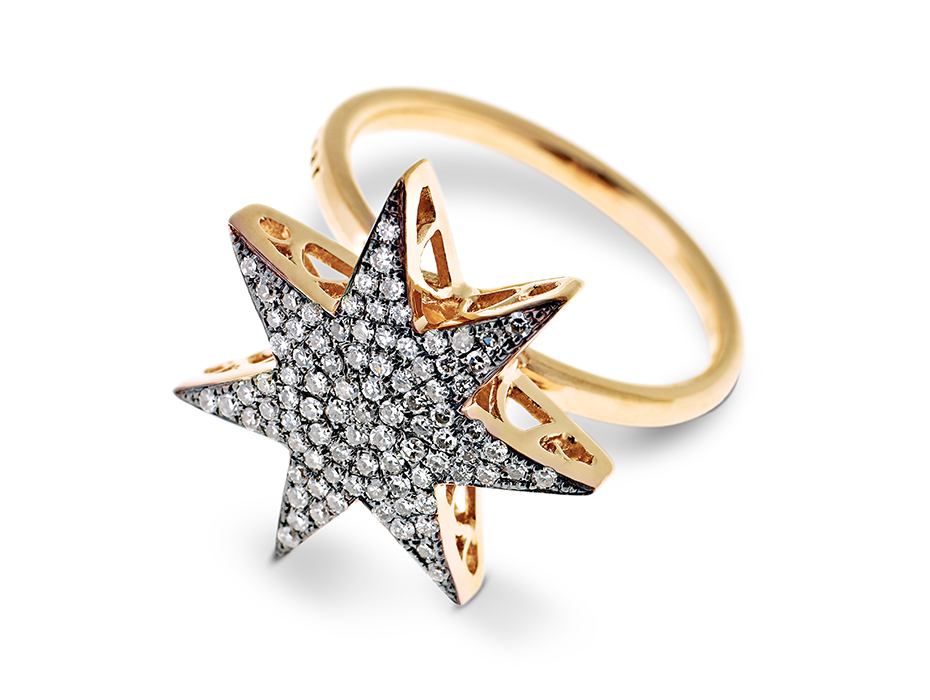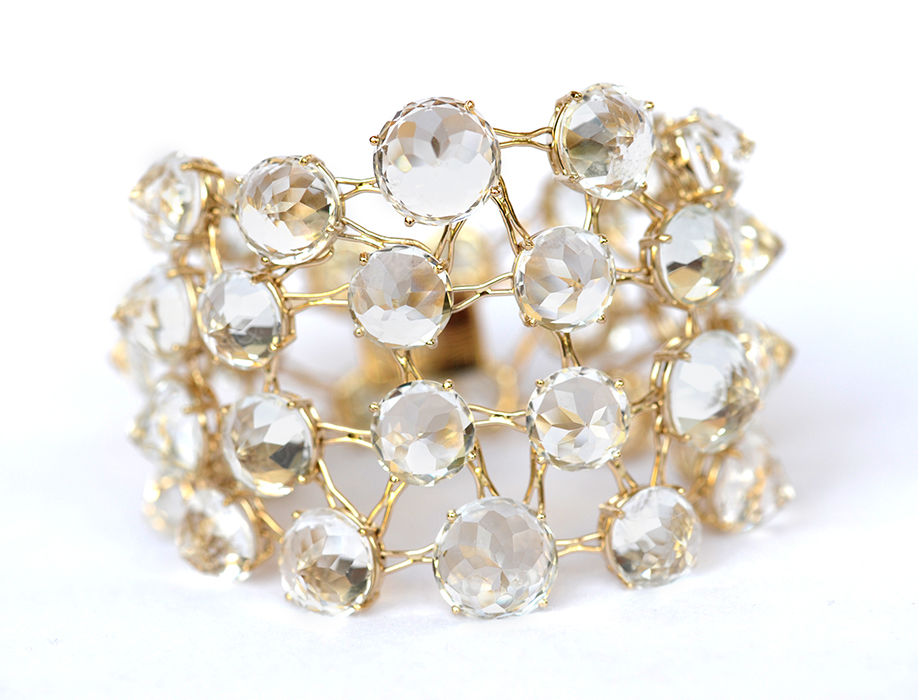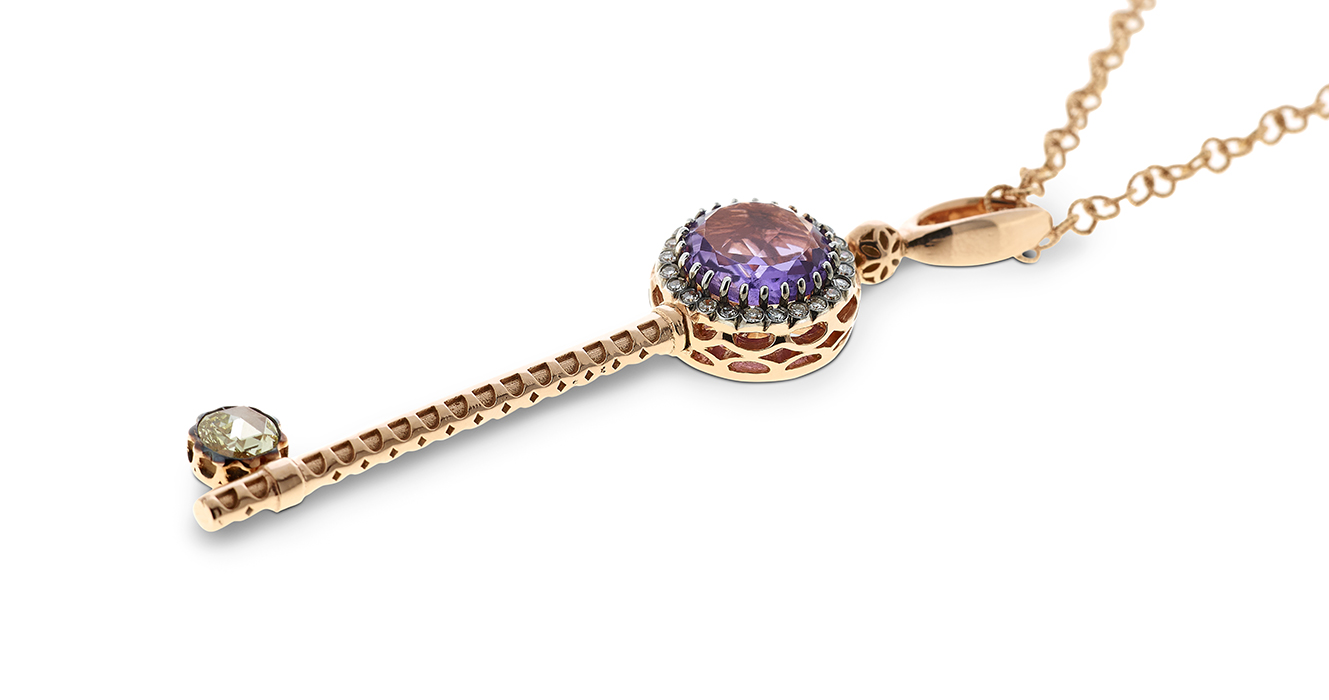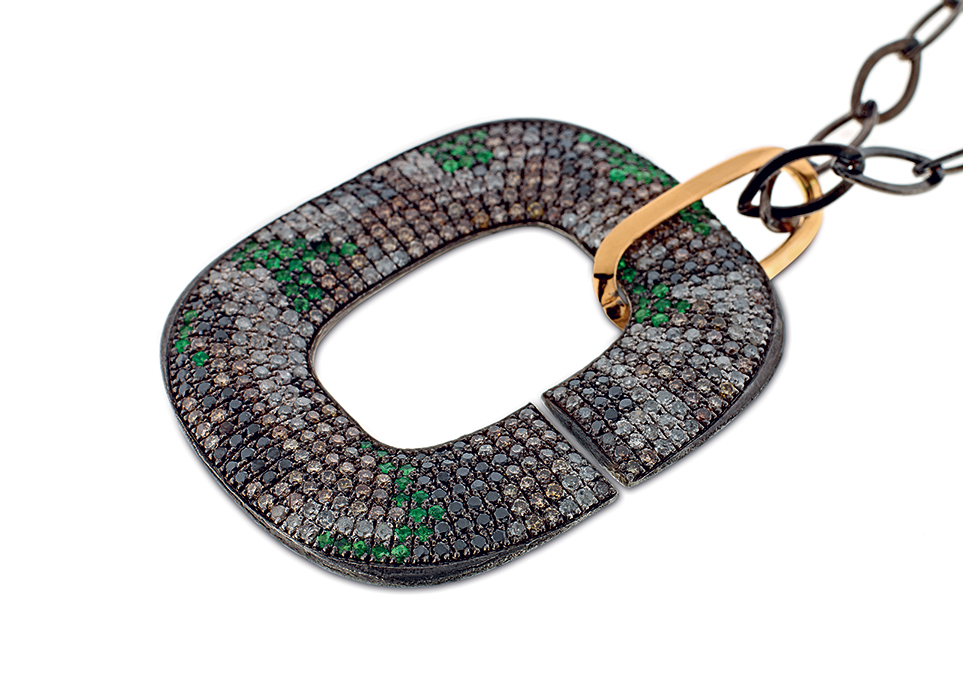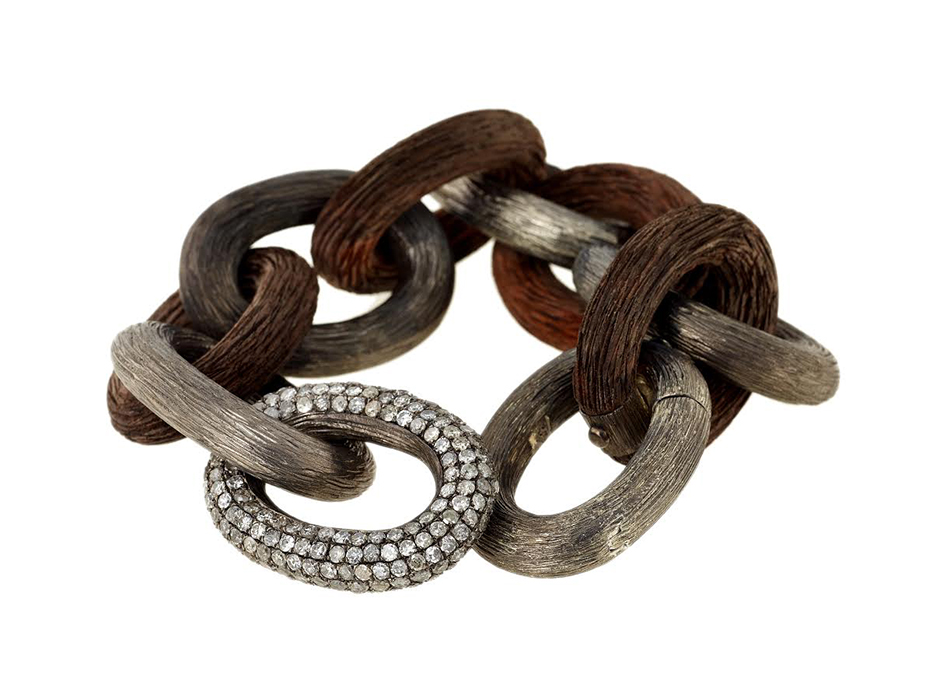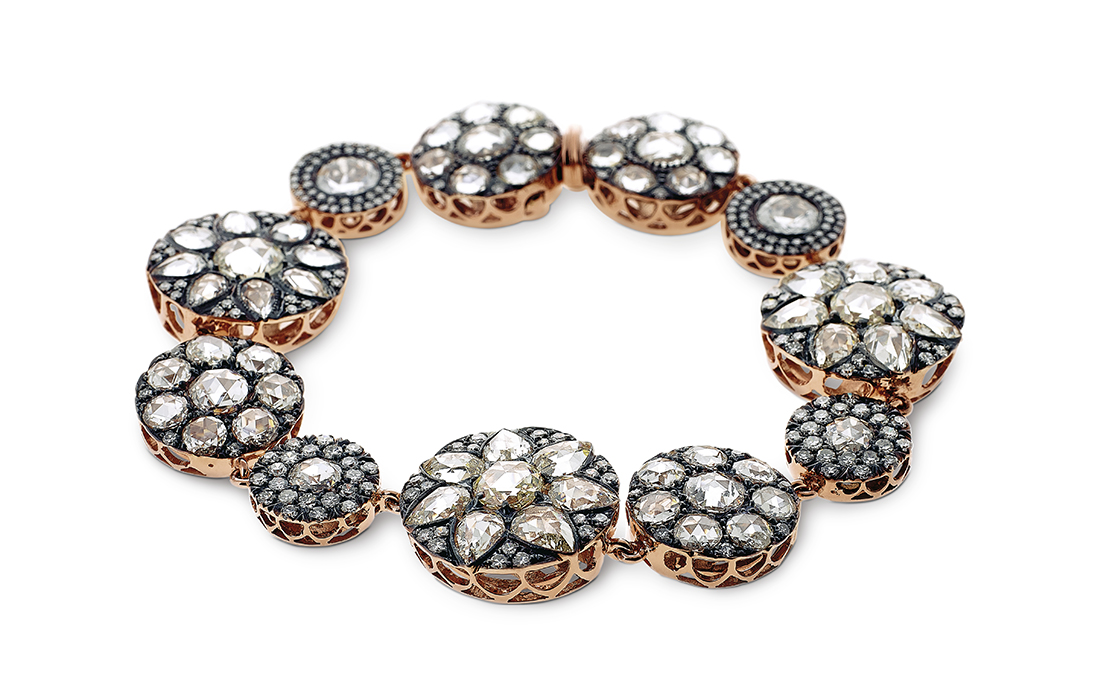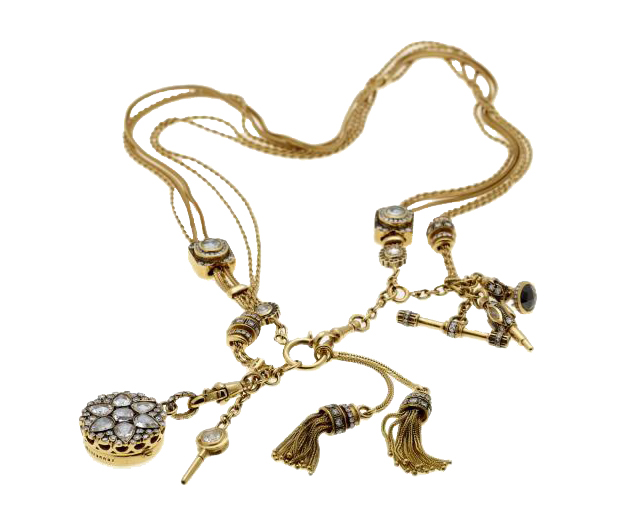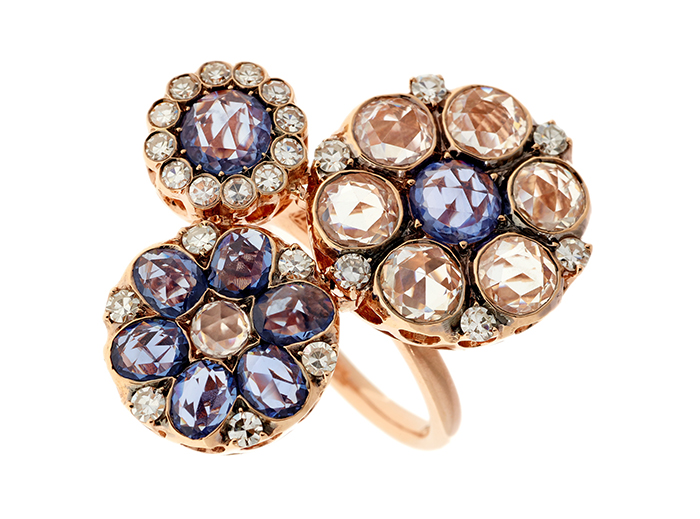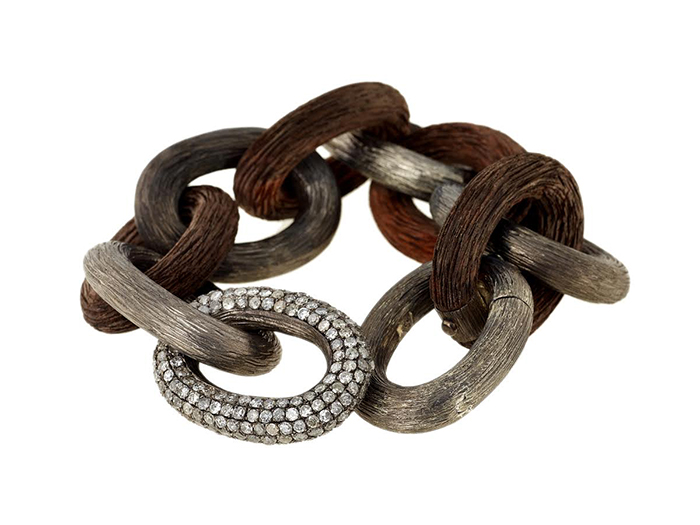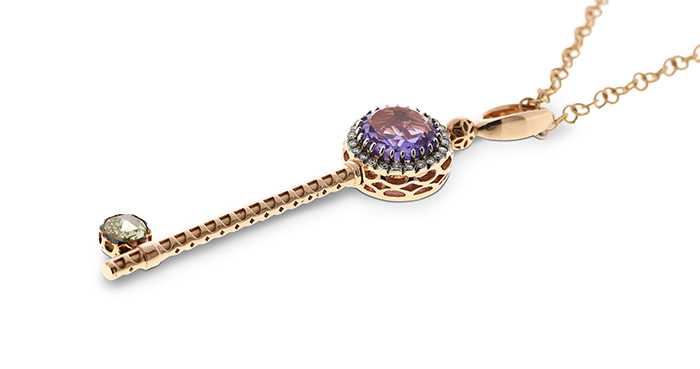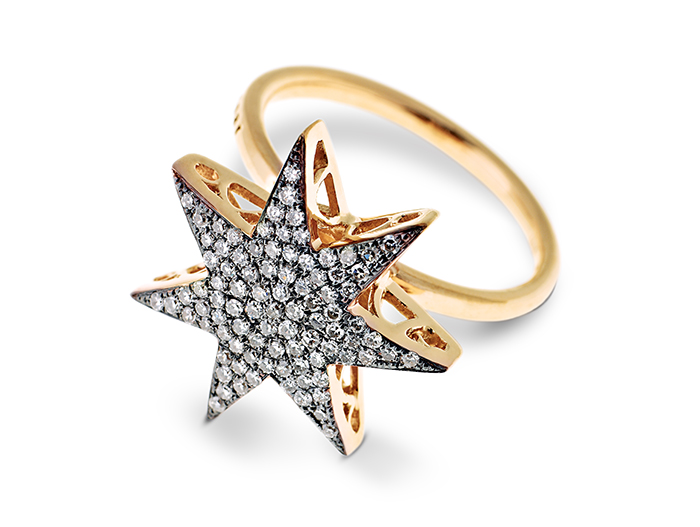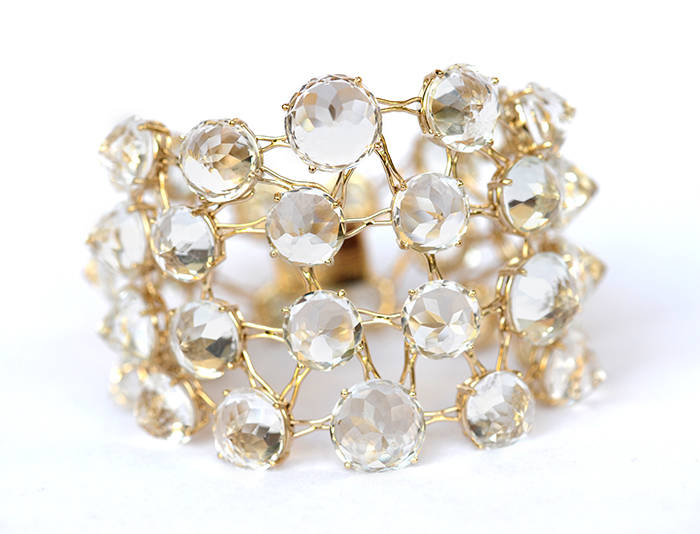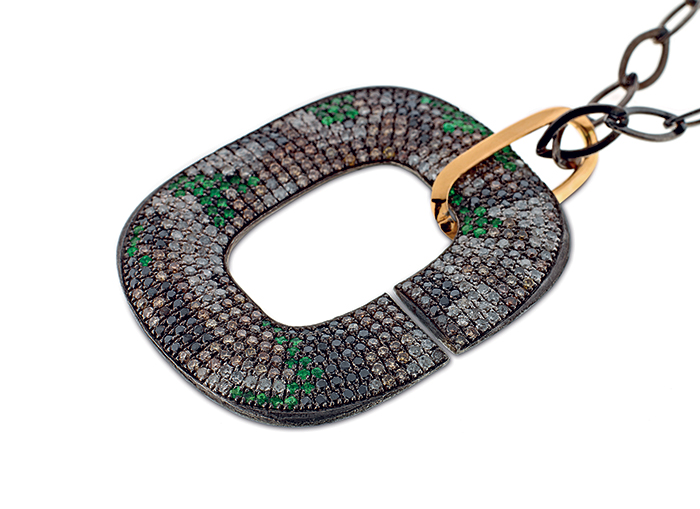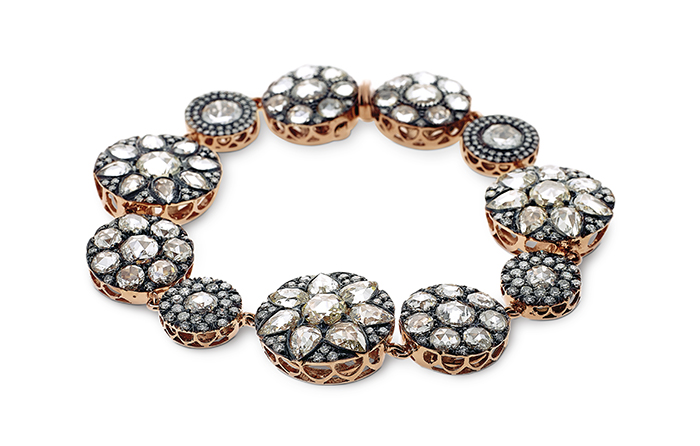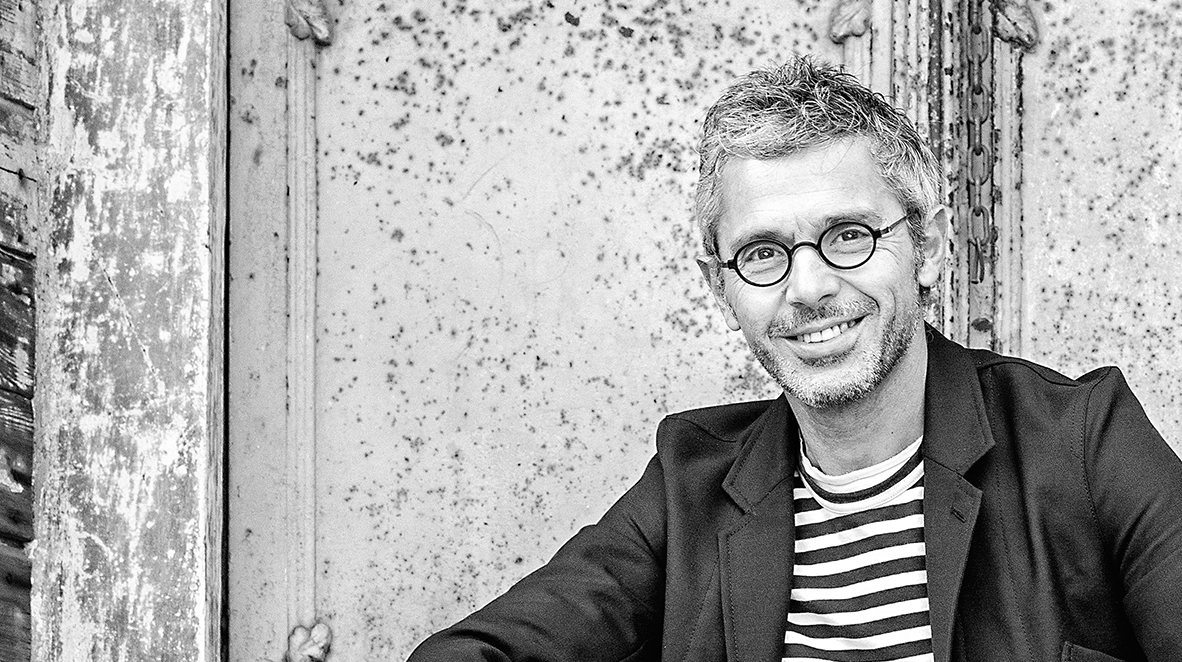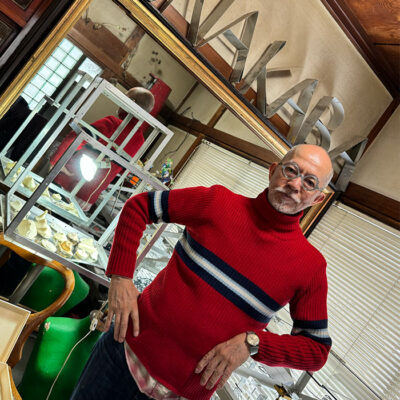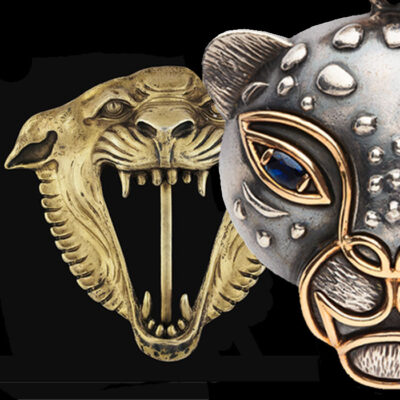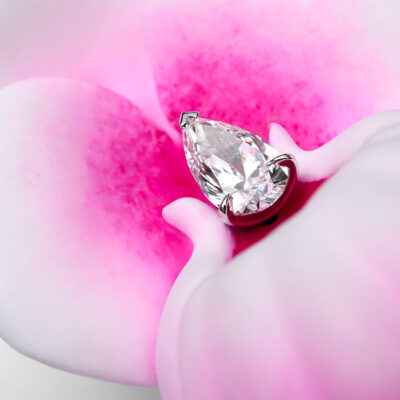Style
13 April 2016
Share
Selim Mouzannar, modernity of the East
Born into a family in Beirut originally from Damascus, Selim Mouzannar offers jewelry full of history that is easy to wear.
How did you begin creating jewelry?
It’s a long story. My great-grandfather was a jeweler, my grandfather was too, as were his five sons. My family is originally from the jewelers’ souk in Beirut set up where the Ottoman stables once were. Unfortunately, it is now destroyed. As for me, I didn’t want to continue the tradition, I wanted to become a journalist…
The jewelers’ souk is a magical place.
From the age of 9, I spent the whole day in my father’s workshop with its smell of incense supposed to drive away evil spirits and keep the thieves away. I watched and listened to the customers in Beirut in the 70s, who came from Europe, America and Africa. I settled in next to the founders who pumped their bellows into the flames. I ran the jewelry to the engravers’ and setters’ workshops. I knew these souk jewelers like the palm of my hand.
You know all facets of the business, where did you learn that?
With the Lebanese jeweler Mouawad, in Saudi Arabia, where I was responsible for the stock, laboratory and production. I saw as many stones in one day as I see today in a year. I traversed the Middle Eastern palace with trays full of jewels that princesses bought on a whim at any time of the day or night. I also ran a jewelry workshop in Bangkok. Then, I spent several months in the open-pits mining for rubies in Burma. Then, I finally decided to launch my own brand in the 1990s.
You have a genuine passion for stones.
I remember an unheated Burmese ruby of 15 carats and a 100-carats sapphire… I like all stones, but I have a preference for those called “fine” like alexandrite, zultanite and the apatite at the center of the Hydra collection and morganite. At night, when I was in Saudi Arabia, I spent hours looking into the microscope voyaging through emeralds, sapphires and Burmese rubies… I observed their crystallization and inclusions such as the butterfly wings in sapphires. I like the scientific side of this extraordinary world made up of colors and light. One of my favorite places is the MIM in Beirut, a truly unique museum in the world that presents exceptional specimens.
How would you define your style?
The essence of my style is concentrated my first collection Beirut, launched in 2005. Emblematic, the structures use the arcades of old buildings on which the stones are set. Subtly, light passes through the perforated patterns. I prefer soft pastel colors like sapphire blue or the powder pink of morganite. I like mixing the colors of gold and brilliant, 8/8 or pink cuts that softly refract the light. The stones don’t sparkle too much. This Beirut collection, like the one I named Kastak, is inspired by watch chains and evokes the souk of my childhood and Ottoman jewelry. Trends are never my priority.


